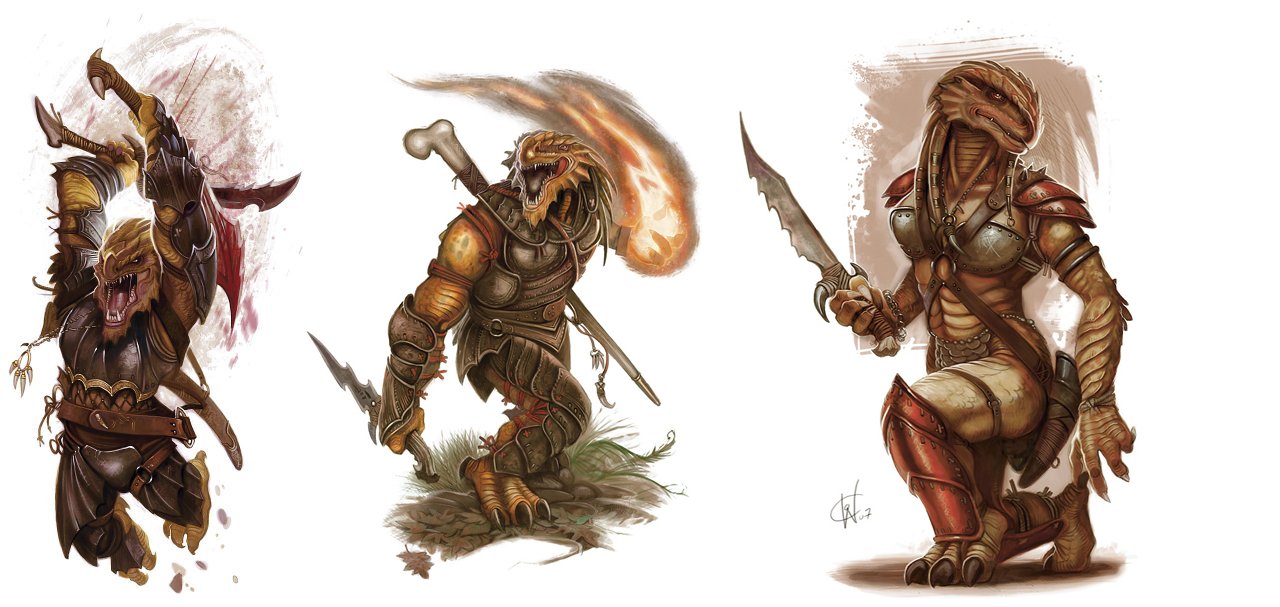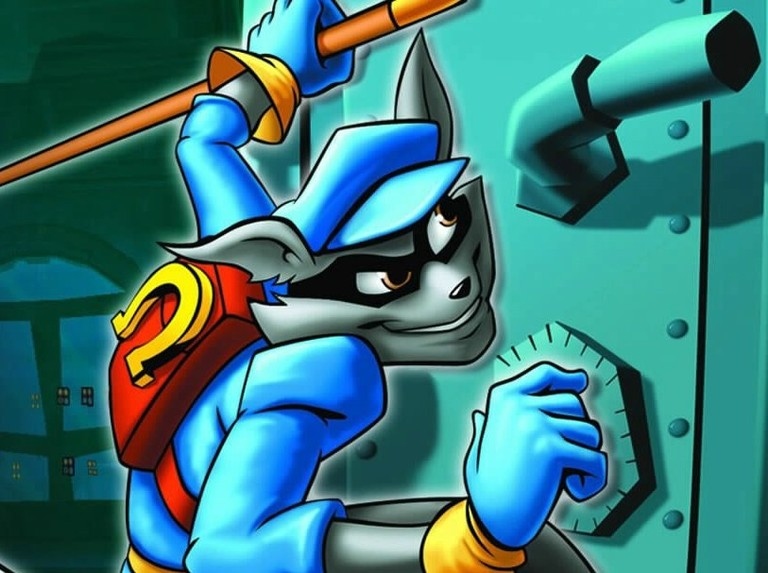I
believe I have just gotten back from having quite an adventure.
As
I was looking through my list of books to read for this blog, and honestly for
my own enjoyment, I rather randomly chose one called Air Ferrets Aloft. I didn’t know a thing about it aside from
the premise that it was about a flying company owned and run by ferrets. It
sounded straight-forward enough.
Upon
first getting the book and starting it up, several thoughts came quickly to my
mind:
1.)
Whoa…
Look at the huge spaces between paragraphs! I hope this isn’t TOO young a book
for me to be reading.
2.)
Ugh…
Every character in this book is a ferret and every character has the last name
of Ferret! I’m going to guess they’re not related, elsewise this little romance
they’re insinuating would be very wrong.
3.)
Neat.
This book has illustrations! … Why is that ferret cross-eyed?
 |
To be fair, this illustration wasn't bad so much as it took me by surprise.
The art DOES improve as the books go on, though, by leaps and bounds. |
And
it went downhill from there for a short while. The story seemed nonsensical and
very childish, a little too happy-go-lucky, and I kept wanting to turn my nose
up at it. Looking back now, I actually feel rather petty, thinking as I did
when starting this up. After all, hundreds of books are written in this fashion
and are perfectly fine for their audience.
But
forget that entire line of thinking because, several chapters in, I quickly
discovered that this was NOT like anything I was expecting.
To
start with, the book introduced something extremely strange and out of
left-field called Angel Ferret Fairies. Essentially, they’re a community of
angels that watch over ferrets and give them suggestions here and there. To put
it simply, they’re guardian angels in ferret form. Several chapters in, we’re
introduced to these angels by way of them having a meeting inside of a
ferret-shaped cloud. There they flew, each of them hovering in golden
helicopters, while they discussed wordly matters and stuff involving airplanes
and the ferrets who flew them and used to be related to some of them.
Already,
my mind was starting to take notice of something being different here. Not only
were we introduced to an entire anthropomorphic ferret society in this book that
seems to run parallel with our human society, but we were also introduced to
the society of their angels. We get to look and see the mundane day-to-day life
of guardian angels, and they actually make up the primary focus of the book! So
now we’ve flown past a possibly predictable story about a ferret having flying
adventures with her plane and instead changed to a story focusing on
metaphysical concepts of her world.
This
is only part of where the story started to catch my attention. What caught my
attention next was the character of Stormy Ferret.
We’re
introduced to her in an extremely casual way that shows she knows how to fly a
plane and that she does it well, with mention that she got her name because
she’s ridden through some extremely rough weather and come out fine. What I
didn’t expect to see was her showing us just how tough she was and basically
emasculating me over the course of several chapters. She doesn’t just ride
through rough weather here; she absolutely skirts death and smiles! We see her
engines explode, her auto-pilot fail, her wings bathed in constantly crackling
sheets of ice, and her calmly going through a checklist of things that would
lead to her crashing and eventual death. With the story focusing so much on
angels up to this point, I was honestly expecting her to die in a horrible,
flaming crash, and we’d get to see her be one of our new angel protagonists.
Luckily,
Stormy survives, beating even the angels’ best attempts to ground her. That’s
right. Stormy was so awesome that angels couldn’t even stop her from flying. Of
course, they were attempting to do so in order to start a romance that would
supposedly lead to great things for ferretkind in the future, so Stormy kind of
seems to screw over the plans of Heaven through her stubbornness. Not sure if
that makes her our protagonist or not… Regardless, fate works in mysterious
ways and all that and she DOES meet the ferret she’s supposed to run into and
fall in love with.
The
romance in this book is dealt with in a strangely mature fashion. The
characters are shown meeting and exchanging pleasantries and memories and
really engaging in good conversation that sounds honest and true. Romance
hardly feels forced as you hear these two talk and reveal their character
flaws, weird habits, and childish memories. And they don’t end the story in
marriage! They’re courting throughout the book in a genuine fashion. In fact,
the height of their romance happens at about 3/5 of the way through the book.
The remainder is spent on the angel ferrets and how they’re still interacting
with the land of the living, including a heart-wrenching look at a grandfather
who’s comforting his mourning granddaughter after his death and going to the
‘angel store’ to buy a gift for her: The ability to see what already exists.
Considering she’s just above being a toddler, this leads to an adorable scene
where she’s happy again and gets to catch a glimpse of her grandfather while
her befuddled parents look on.
The
book was written with so much honesty and good will that it was astonishing. I
can’t remember the last time a book made me feel this positive. So often, I see
books tied up in ‘realistic endings’, which translates to people having to live
with unhappiness and the problems of the world. It’s exceedingly rare that I
get to see a book that gives a happy realistic ending, where things aren’t
perfect or tied up with a bow, but you get a true feeling that everything will
be all right and that there’s a real point to reaching for your dreams.
This
book did kind of lose me with one thing, though… And that’s the author’s clear
knowledge of all things aeronautical. I read more authentic airplane
radio-speak in this book than I’ve ever cared to read in my life. There are
literally pages of ferrets talking to one another over the radio and describing
how many ‘thousand paws’ in the air they were in relation to various other
things as they navigated. I can’t tell if the author just did an incredible
amount of research into the field or if he was a professional pilot himself,
but I never once doubted the veracity of his measurements. The scariest thing
was that I feel like I started to almost understand it by the end of the book,
and I know absolutely nothing about how to fly a plane.
It
was that thought, though, that made me crazy about this author. I believed so
much of what he said and wanted to really get behind the feel-good feelings he
was sharing with us in this book. His dedication to his research also astounded
me, as his language for flying felt ridiculously authentic, and I just had to
know more. I was too curious… Who IS Richard Bach?
 |
| Nana nana nana nana Bach-MAN! |
And
NO, he’s not that guy.
This
was why I checked out Writer Ferrets
immediately afterwards, and boy was I not disappointed.
I’m
not going to go on for pages about the book, but I will highly recommend it to
any writer who wants to love his craft again.
It’s a glorious story about a ferret novelist and his wife and how the
two rekindle the joys of writing and accomplish the Writer’s Dream, but never
lose sight of what they love about the art itself. In fact, they bring up
possibly ceasing their writing altogether if they no longer have a reason and a
love to write.
It’s
so very real and so very heavy, dealing with publishing, rejection, jealousy
over other accomplished writers, and the demons writers can have that hold them
back like a great fire-breathing dragon trying to hoard and hide your soul. Yet
it also deals with success and the truly wonderful feeling of making a good
story that touches others, and just how important stories can be to so many
people. There were several moments that hit so close to home that they honestly
made me tear up.
After
reading Writer Ferrets, I was
able to determine more about Richard Bach’s writing. First, the guy DOES love
airplanes. He stuck several of them into the story and briefly tried to teach
the main character how to fly one. Second, he does his research and does it
well. Yeah, it may be because he’s written about airplanes before that he’s
able to write so authentically about airplanes in one book and the life of a
writer in the next, but this book felt like it was written for writers just as Air Ferrets Aloft felt like it
was written for pilots. By the end, this felt like a book that had become a
part of me, and I will proudly display this on my shelf.
I
would strongly suggest folks to check this author out and to seek out a title
of his that seems to pertain to an interest of yours. He’s written a number of
different books such as The Ferret
Chronicles series as well as a the acclaimed Jonathan Livingston Seagull , so I’m certain you’ll find one
that touches somewhere close to you. If not, at least read Writer Ferrets and get a good smile out of it, as that book
is written for book-lovers almost as much as it’s written for book writers.
So,
yeah, this talk was more about writing than it was about Anthropomorphics in
fiction, but it certainly isn’t time wasted! This is a shining example of how
books in this field of literature can endlessly surprise you.
Take
care, all, and happy reading!
-Chammy

























